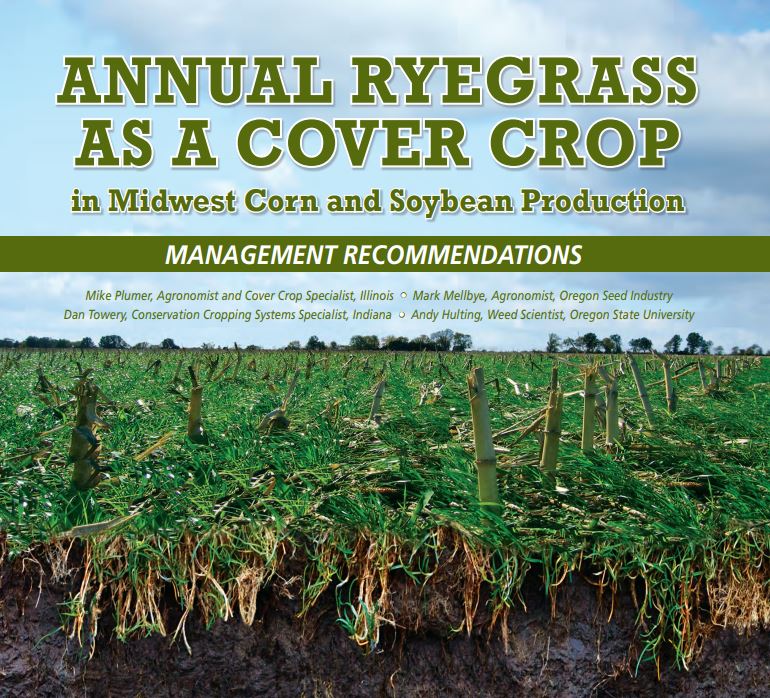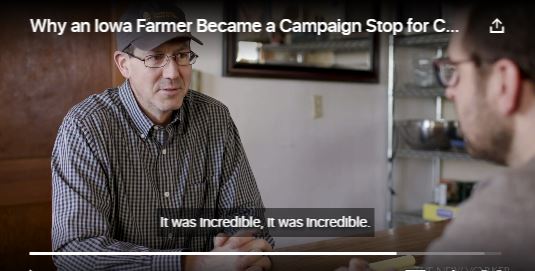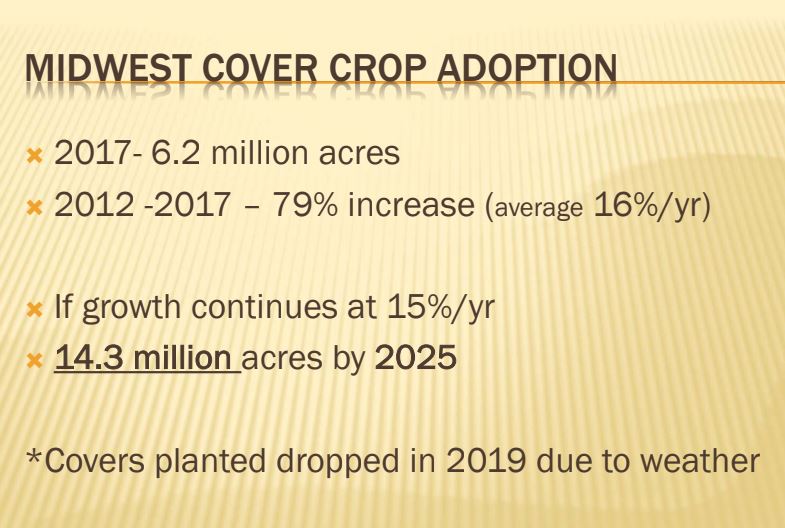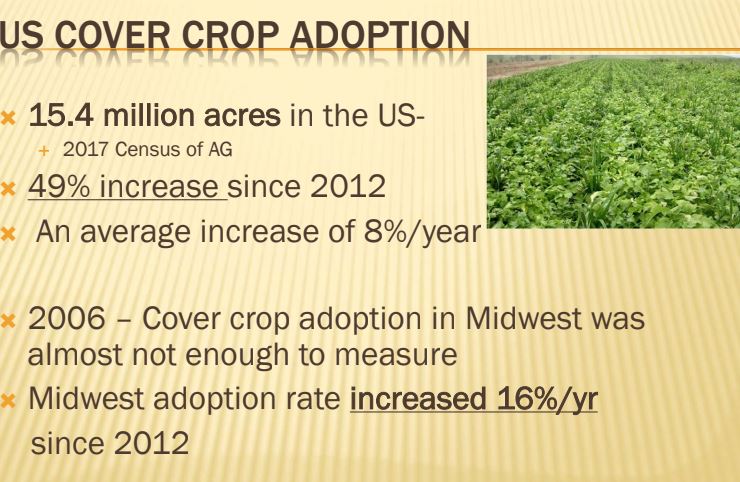An article in the recent issue of Grist spent a lot of ink reporting on the value of cover crops. They looked specifically at a small Indiana watershed (Tippecanoe) and recorded what happened to the water quality when cover crop adoption approached 100%. Perhaps more accurately, they recorded what DIDN’T happen…the nitrogen and phosphorus fertilizers stayed on the property and didn’t end up in the Gulf of Mexico.
In a short video, you can get the gist of what Grist had to say. Here’s that link.
But if you want to read the longer article, it’s worth it. Here’s that link, called Last Ditch Effort. Among those interviewed was Jamie Scott, an entrepreneurial grower in Indiana who has been instrumental for expanding the use of cover crop, particularly annual ryegrass, in the past 10 years.
Here’s a quote from the article, in terms of what they determined, in summary. After 13 years and a million dollars in state, nonprofit, and federal funding, the data show a clear decline in nitrogen and phosphorus flowing out of this watershed during the critical springtime thaw. These two nutrients fertilize crops, but when they wash into the water, they fertilize algae blooms and cause a host of problems. In other words, the chemicals we rely on to grow food often end up poisoning the planet and threatening the lives of many species on it, including ours.
Maybe you caught the editorial slant in the last sentence. Yes, Grist is an environmentalist magazine run by millenials who probably think they can right all the wrongs right away, if all the old folks would just quietly go away and die. But seriously, if a tree-hugging bunch of youngsters think cover cropping is going to save the planet, that’s good news…because cover crops can take care of a bunch of pollution problems, and that’s the truth.




